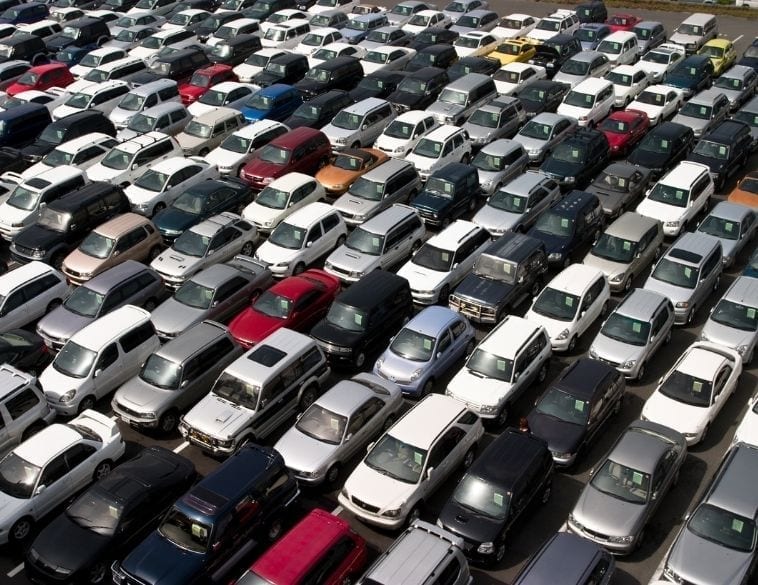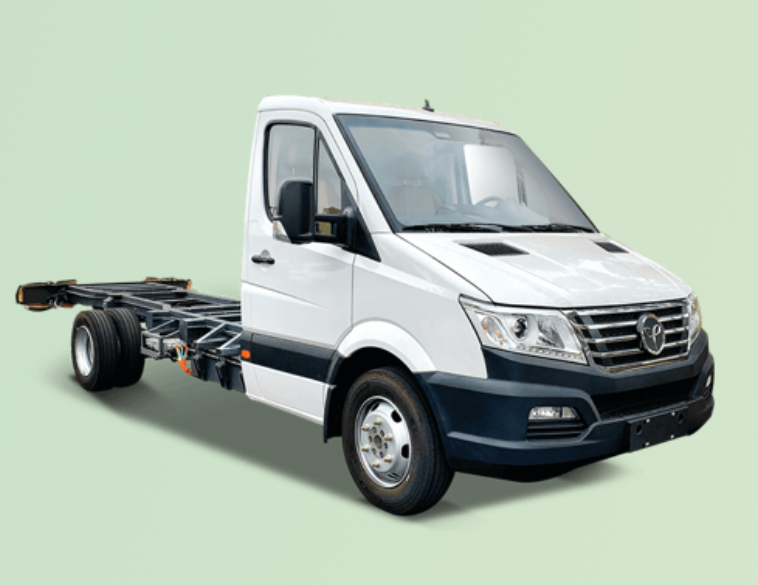During a webinar at NAFA I&E, two experts in fleet management discussed the importance of mastering the basics.
In fact, during their duo presentation, Jakob Cormier and Richard Callis drew up a list of points of importance for any fleet manager who wants to make sure they keep the situation under control. Jakob has been with ARI for four years, while Callis has dozens of years of experience managing corporate and government fleets.
Their analysis is based on a measurement tool developed by NAFA to benchmark and evaluate the performance of the parks.
The first benchmark for a fleet manager to validate is to regularly ensure that the number and condition of vehicles corresponds to the needs of the company or organization. “You need to regularly check to see if the fleet is the right size, what the vehicle usage is and whether in some cases it might not be better to turn to leasing,” explains Callis. He adds that many fleets simply have too many vehicles and it is necessary to know what is not needed before those cars and trucks lose their resale value. He says it’s essential for managers to be able to rely on software to measure the use of each vehicle. A Fleet Management Information System (FMIS) is the ideal medium for keeping track of each vehicle.
Needs vs desires
In choosing replacement vehicles, a distinction must be made, within budget, between what users would like to drive and what the fleet needs. “The company needs to have a well-established purchasing process. This process must include the purchase cost, maintenance costs, resale value, but it must also take into consideration the company’s culture,” explains Jakob Cormier. “For example, if the company or organization wants to green its image or reduce its environmental footprint, this commitment must be reflected in its choice of vehicles.”
Both speakers stressed the importance of having access to computer tools to establish the total cost of ownership. The strategy is to come up with a cost per kilometre of use for each vehicle. This approach is useful to get a clearer picture; especially on vehicles that have low mileage but still have significant fixed costs.
User’s Guide
Both specialists recommend that fleet managers have a clear user guide for their drivers and other vehicle users. The document, also a contract, should be regularly updated outlining the responsibilities of users and specify the fact that data can be retrieved from the vehicle to analyze.
Cormier also points out that on the other hand, a good safety policy allows managers to document all incidents and accidents on the vehicles in the fleet. “Yes, we need to see if these incidents are related to an individual who is not behaving properly at the wheel. But you can also deal with recurring problems. For example, we can install back-up cameras on trucks that hit the same structure in reverse.”
Resale
For managers with little experience, experts recommend developing a flexible structure for the resale of fleet vehicles. “My first choice,” explains Richard Callis, “is to offer them to employees. It can be the simplest, quickest and cheapest approach, since you eliminate the middlemen.” He also recommends determining six months in advance, which vehicles will have to be disposed. “It gives managers time to get informed and decide on the best channel for resale. “It’s a good idea to know in advance which vehicles will be leaving the fleet, since there’s no need to have a car that will be auctioned off with new tires, for example.”
Both speakers agreed that COVID-19 has been majorly muddying the waters over the past few months. Callis understands that many managers have made more acquisitions than normal because of the need to reduce the sharing of cars and trucks. They believe that a usage and cost analysis grid will be the best tool to clean up the mess when the time comes. And during this analysis, the opportunity would be good, in their opinion, to propose carpooling or public transit solutions when possible.



